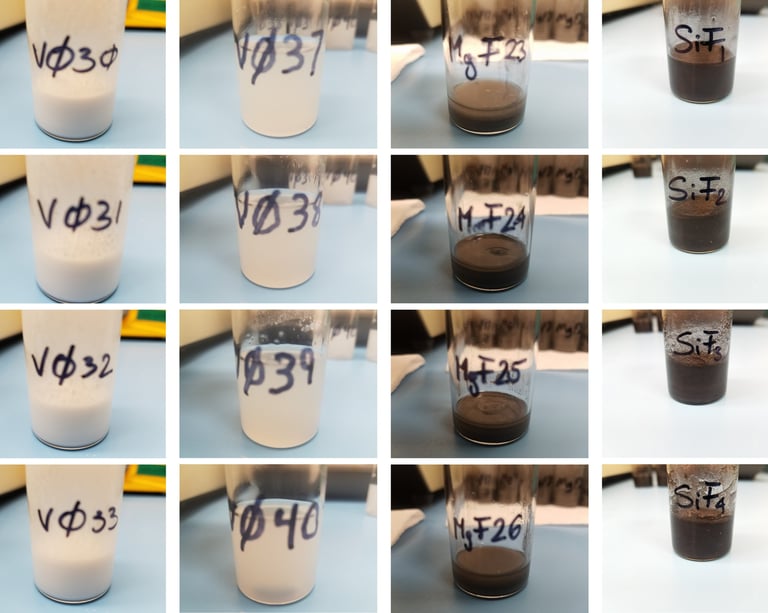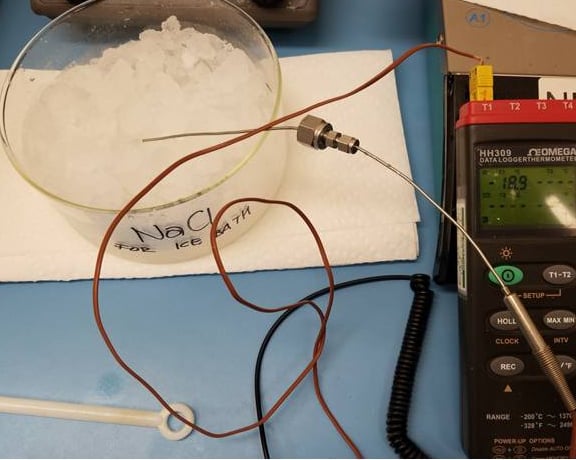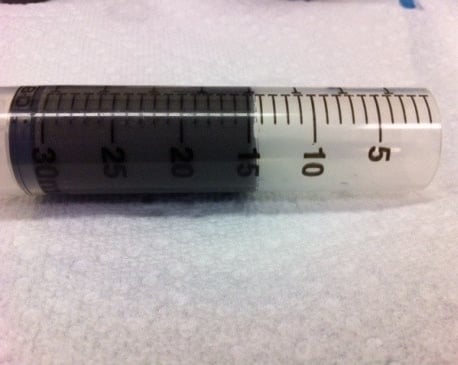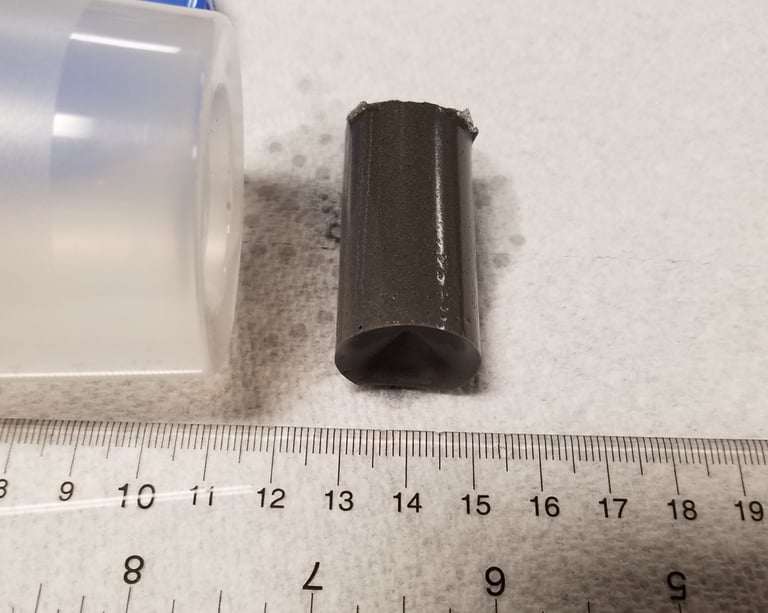PhLAME
The next generation of decoy flares needed more than just heat — it needed choreography. In PhLame, we reimagined flare grain architecture using additive manufacturing to build functionally graded, multi-spectral compositions from the inside out.
Through tailored energetics and precision layering, we enabled the possibility of dynamic, time-sensitive electromagnetic signatures — the kind that could outsmart modern sensors. Traditional pellet pressing never stood a chance.
Pyrotechnic Hybridized Layouts via Advanced Manufacturing of Energetics
Year: 2017
Customer: NAVY
The Puzzle
What was the challenge? Why was it worth solving?
Missiles lock on heat — specifically, the infrared signature of an aircraft’s engine. Decoy flares fight back by blasting intense IR signals to fool those missiles off course. But with smarter sensors and sharper algorithms on the rise, simple flares won’t cut it anymore.
The challenge? Crafting flares that don’t just burn — they perform, with precision timing and tailored electromagnetic signatures that evolve in space and time. The U.S. Navy wanted flares engineered at the grain level, where layered energetic materials ignite with a carefully controlled, inside-out burn. Additive manufacturing was the key to making that next-gen flare a reality.
The Game Plan
How the problem was approached — strategy, tools, and intent.
Here’s the playbook for shaking up decoy flares with 3D printing and some pyrotechnic wizardry:
Material Moves
Took tried-and-true flare recipes like MTV and tweaked them to behave like extrusion-friendly gels. Kept the solid content cranked above 55% to make sure they still pack a punch when they burn.Process Engineering
Built extrusion techniques that could layer different pyros into a single grain — no simple blobs here. Designed nozzles with coaxial and multi-material flow, letting us print core-shell and layered flare structures.Lab Checks
Dug into rheology and gelation to nail down stable, printable mixes. Then hit them with strand burn tests to make sure the layers ignite on cue and produce the time-controlled light show we want.Why It Matters
Proved the concept: 3D printing flares with programmable, time-varying electromagnetic signatures is doable. And set the stage for future scale-up, whether for the DOD or commercial production.
What Actually Happened
The results. The breakthroughs. Maybe even a few surprises.
During this phase, the focus was on developing and evaluating pyrotechnic formulations compatible with additive manufacturing. Key technical efforts and findings included:
MTV-Based Mischief
We wrangled magnesium, Teflon, and Viton into printable gels using fluoropolymers as the magic matrix. Getting the Mg to play nice in the gel took some coaxing, but we ended up with stable formulations that extruded cleanly into pelletized flare grains. Boom, but neatly.Red Goes Printable
Red flare formulations got the same treatment by swapping out some PTFE for gelling polymers. We pushed PTFE loading up to ~40% before the mix turned grumpy and started separating. Until then: smooth sailing, solid structure.Scale-Up, Sans Chaos
We scaled from pipette to extruder without losing our formulations to phase drama. Over 90 different blends passed through our hands — tweaking fuels, binders, and diameters — with a strong focus on consistency, shape retention, and printability.Shelf Stable, Lab Approved
Those extruded cylindrical flare grains didn’t just look good, they held together under ambient conditions, no crumbling, no sagging. We watched. A lot.A Glimpse of Burnt Futures
Early ignition tests showed promising behavior: layers igniting sequentially, flare profiles changing in time, a hint that time-sculpted spectral signatures might not be far off.
Show & Tell
Visuals, prints, textures, data — what it looked like in the real world.








A glimpse at just a fraction of the 94 unique formulations crafted in the lab, each one a small, volatile masterpiece in the making!
Here’s our trusty quench bath in action, an icy plunge that locks in uniformity and stops phase separation in its tracks. Science meets chill!
No printer? No problem. This standard syringe became our go-to extrusion tool. When the chemistry is right, simple tools do the job beautifully.
Behold: a clean, solid flare grain straight from the extruder. Uniform, stable, and full of promise. Now that’s how you 3D-print firepower!
Lessons from the Lab
What worked. What didn’t. What was learned along the way.
Choosing the right solvent made all the difference — some gave us rock-solid gels, others just couldn’t hold it together.
Quenching with ice baths? Game changer. It kept gels uniform and stopped solids from settling.
Moisture levels, mixing duration, and air exposure during loading directly affected texture, extrusion smoothness, and the final grain’s strength.
Both MTV and red flare mixes showed real potential for building layers that burn in sequence, hitting our target of dynamic spectral signatures.
Early fire tests confirmed that layering and composition gradients can actually steer burn rate and light output as planned.